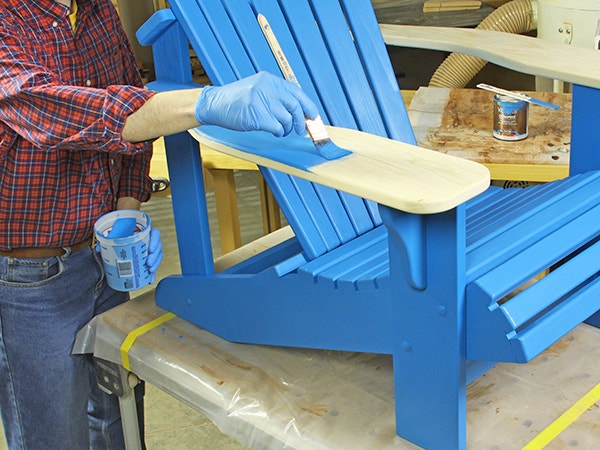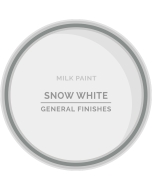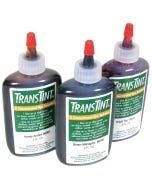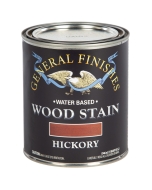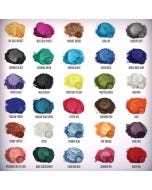Pigment-free Paint for Outdoor Bench?
Years ago, I read about using good quality, non-pigmented paint on outdoor wood projects. Recently, I replaced the slats on a cast-iron bench using pressure-treated wood. Is non-pigmented paint a good option? - Bill Donley
Tim Inman: Paint pigments are basically ground dirt or glass. Non-pigments are dyes. Dyes fade. Some dirt will fade, too, but not as much. Most paint pigments have non-fading ratings. If you use a paint outdoors, the pigmented stuff is what you want. Unfortunately, many coatings makers use both dyes and pigments in the same recipe. The upshot of this is that your colors will change over time as the dyes give out to the sun.
Chris Marshall: I'm not sure what the advantage of non-pigmented paint would be on an outdoor wood project. Pigments help to block the UV light that eventually causes wood to turn gray and degrade. They also help to give paint its color longevity, as Tim points out. If what you're after is a semi-transparent color that allows some of the wood grain to show through, I'd opt for an exterior-rated oil-based stain, because it won't peel off over time and become a refinishing hassle. If you decide to go with any form of paint, make sure that your treated lumber is suitably dry (below 12 percent moisture content) before you paint it. The pressure-treated lumber I see at home centers is often so saturated with water and chemicals that it literally feels wet; if you paint over damp wood like that, you're compromising the paint's bond to the wood. More than likely, it will peel when the wood dries out. Personally, I'd give those slats six months to a year of drying time first before painting. After all, with treated lumber, there’s no harm in waiting.
Keep the inspiration coming!
Subscribe to our newsletter for more woodworking tips and tricks
